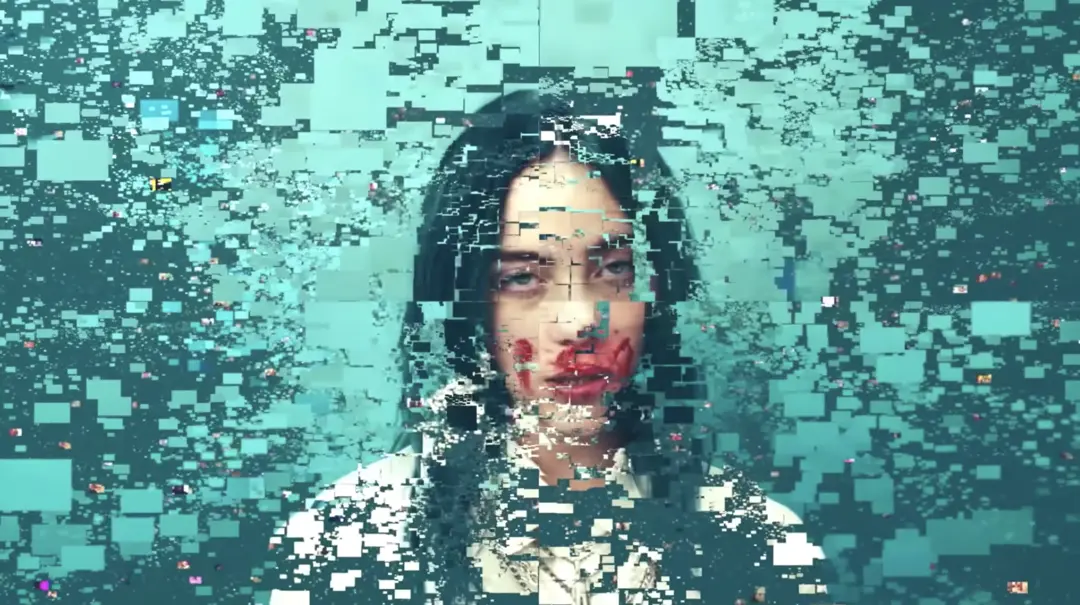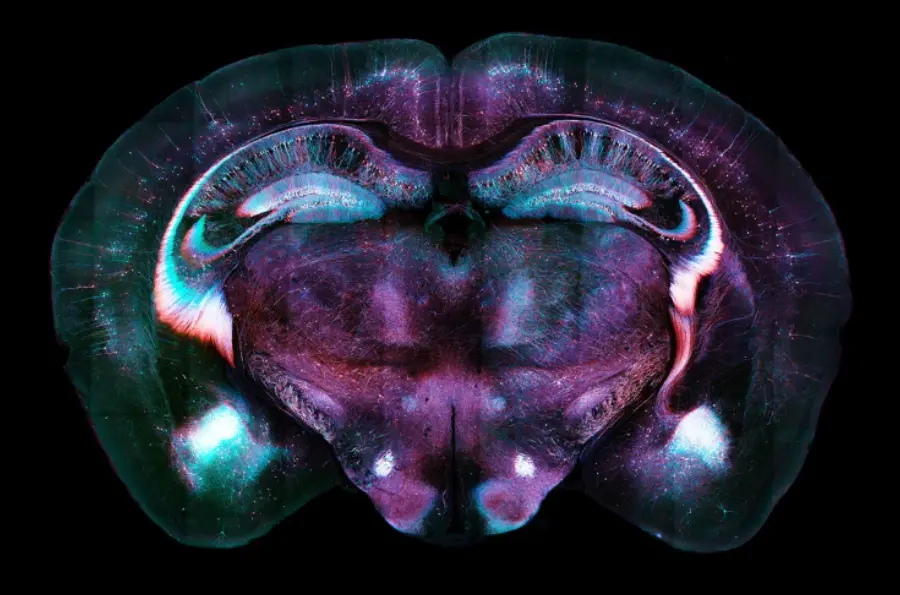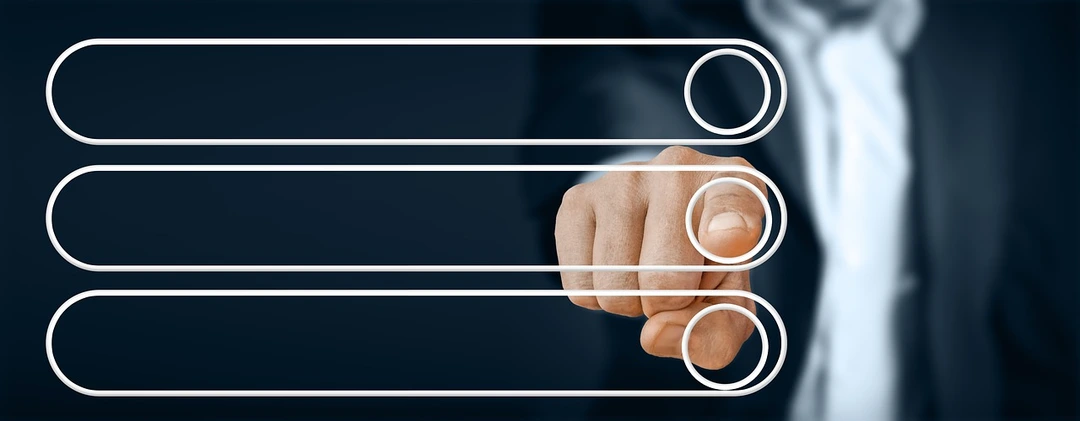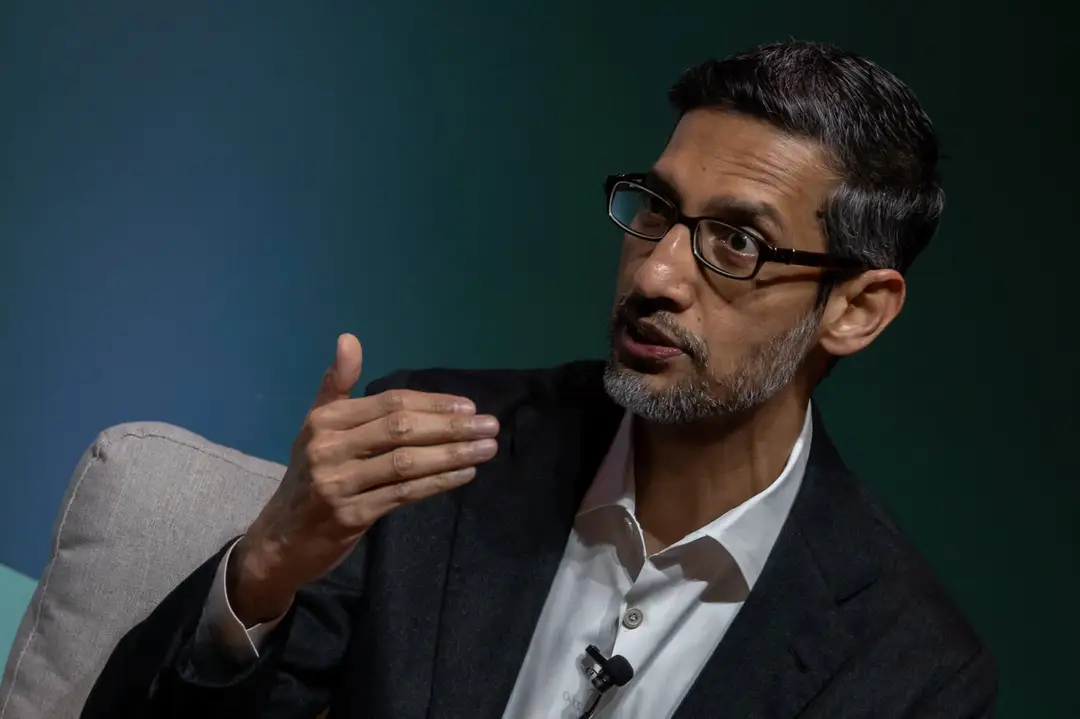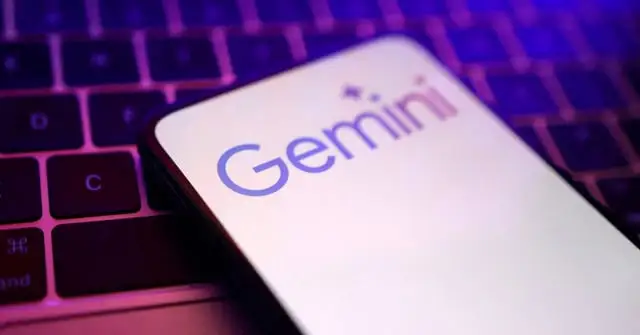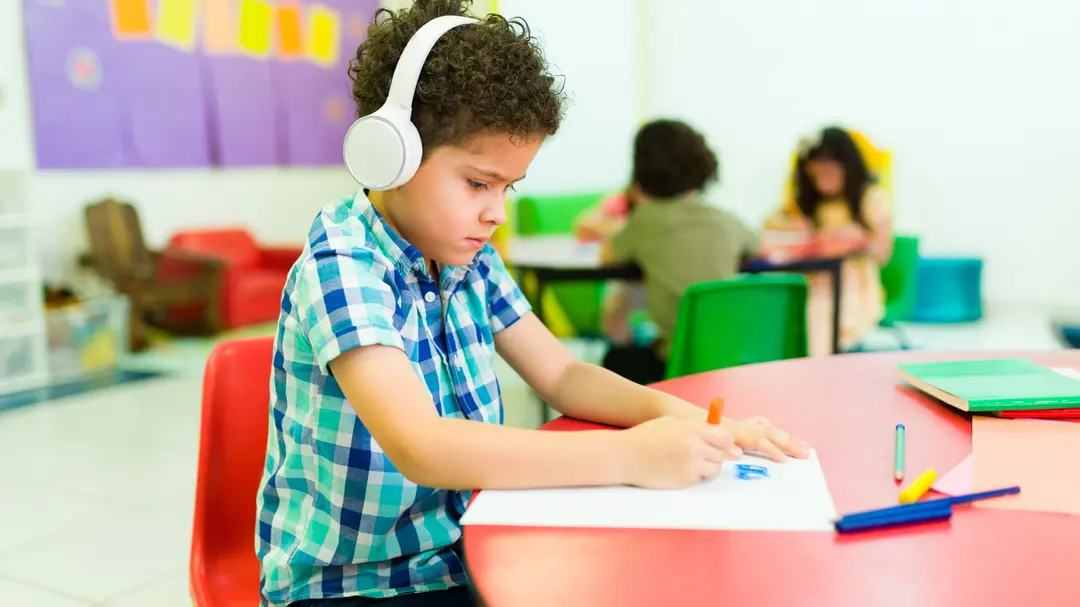In the ever-evolving world of technology, artificial intelligence (AI) continues to redefine creativity and innovation. From composing symphonies to generating visual art, AI has proven its ability to mimic and even enhance human creativity. One of the most fascinating examples of this is Google’s AI experiment that reimagines Billie Eilish’s hit song “Bad Guy” in a way that’s never been done before. This groundbreaking project not only showcases the potential of AI in the music industry but also highlights the seamless integration of technology and art.
The Genesis of the Project
Billie Eilish’s “Bad Guy” is a global phenomenon, known for its catchy beat and unique style. It has inspired countless covers across various genres, from acoustic renditions to heavy metal interpretations. Recognizing the song’s universal appeal, Google’s Creative Lab and YouTube embarked on an ambitious project to celebrate these diverse covers. The result? An AI-powered experiment called “Infinite Bad Guy,” which aligns thousands of YouTube covers into a single, infinite music video.
The idea was simple yet revolutionary: use AI to synchronize over 150,000 cover versions of “Bad Guy” from YouTube, creating a seamless and dynamic listening experience. The project aimed to explore the intersection of technology and creativity, demonstrating how AI can enhance our appreciation of music and art.
How It Works
At the heart of this experiment is Google’s open-source machine learning software library, TensorFlow. The AI was tasked with analyzing and syncing thousands of cover versions of “Bad Guy,” each with its own tempo, key, and style. This was no small feat, as the covers ranged from traditional acoustic performances to quirky interpretations like accordion solos and cat organ renditions.
To achieve this, the AI used a recurrent neural network trained to recognize the song’s sections and beats. This allowed it to align each cover to the same tempo and key, ensuring a smooth transition between versions. The result is a mesmerizing experience where users can seamlessly switch between covers, exploring the vast diversity of interpretations while staying in sync with the original song’s rhythm.
The User Experience
The “Infinite Bad Guy” experiment is accessible through a dedicated website, where users can dive into this musical tapestry. The interface is intuitive and engaging, featuring three YouTube players that allow users to explore different covers simultaneously. Categories range from popular genres like “choir” and “acoustic” to niche styles like “cat organ” and “accordion.”
Users can also discover new covers through hashtags and a stats page, which adds an element of gamification to the experience. For those who prefer a more passive experience, an autoplay mode takes users on a journey through an ever-changing mix of covers, showcasing the incredible talent and creativity of YouTube’s community.
The Challenges and Limitations
While the project is undeniably impressive, it’s not without its challenges. The sheer scale of the content pool means that the AI occasionally struggles with transitions, especially between verses that sound structurally similar. Additionally, the algorithm does not normalize the volume between videos, leading to occasional discrepancies in audio levels.
Despite these minor hiccups, the project is a testament to the power of AI in overcoming complex challenges and pushing the boundaries of what’s possible in music and technology.
The Broader Implications
The “Infinite Bad Guy” experiment is more than just a fun and innovative project; it’s a glimpse into the future of AI in the creative industries. By leveraging machine learning and neural networks, Google has demonstrated how AI can be used to celebrate and amplify human creativity rather than replace it.
This project also raises important questions about the role of AI in art and culture. As technology continues to evolve, how can we ensure that it complements rather than overshadows human creativity? The “Infinite Bad Guy” experiment offers a compelling answer: by using AI as a tool to explore and celebrate the diversity of human expression.
Conclusion
Google’s AI experiment with Billie Eilish’s “Bad Guy” is a groundbreaking example of how technology can enhance our appreciation of art and music. By seamlessly integrating thousands of cover versions into a single, infinite music video, the project celebrates the creativity and talent of YouTube’s community while showcasing the potential of AI in the creative industries.
As we continue to explore the possibilities of AI, projects like “Infinite Bad Guy” remind us of the incredible potential of technology to inspire, innovate, and connect us in new and meaningful ways. Whether you’re a fan of Billie Eilish, a tech enthusiast, or simply curious about the future of creativity, this experiment is a must-see—and a testament to the power of collaboration between humans and machines.
by Stan Horaczek

